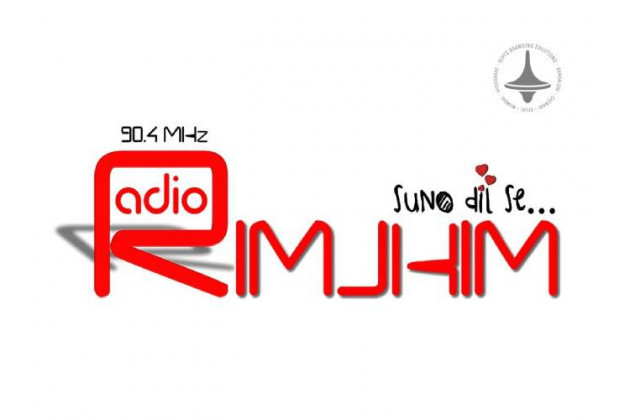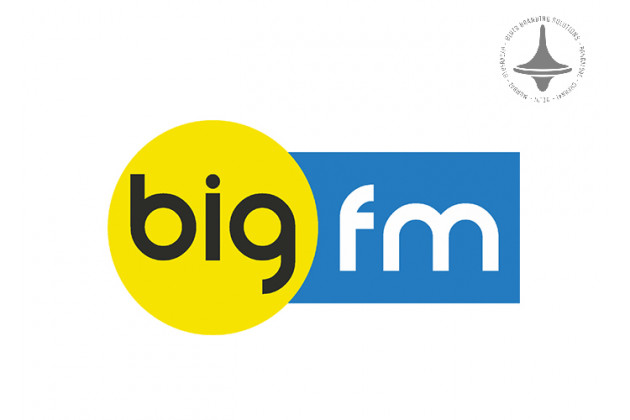AI Powered | Interactive Kiosks | Outdoor Advertising | Digitally

Outdoor advertising has undergone a significant transformation over the years, evolving from static billboards to dynamic digital displays. With the rapid advancements in artificial intelligence (AI), the introduction of AI-powered interactive kiosks has taken outdoor advertising to an entirely new level. These intelligent kiosks offer real-time engagement, personalized experiences, and data-driven insights that enhance marketing effectiveness. This article explores how AI-powered interactive kiosks are revolutionizing the outdoor advertising industry.
The Evolution of Outdoor Advertising
Traditional outdoor advertising relied heavily on static
posters, banners, and billboards. While effective in building brand awareness,
these methods lacked interactivity and personalization. The advent of digital
signage brought motion graphics and dynamic content, allowing advertisers to
update campaigns remotely. However, the true game-changer in outdoor
advertising is the integration of AI with interactive kiosks.
How AI-Powered Interactive Kiosks Work
AI-powered interactive kiosks utilize advanced technologies
such as machine learning, computer vision, and natural language processing
(NLP) to enhance customer engagement. These kiosks are equipped with
touchscreens, cameras, and sensors that analyze user behavior and provide
tailored advertising content. Some key features include:
- Facial
Recognition: AI-powered kiosks can detect demographic details such as
age, gender, and mood, allowing advertisers to display targeted ads.
- Voice
and Gesture Control: Users can interact with kiosks using voice
commands or hand gestures, making the experience more intuitive.
- Real-time
Data Collection: AI algorithms analyze user engagement patterns and
optimize ad delivery based on real-time feedback.
- Personalized
Recommendations: By assessing consumer preferences, these kiosks
suggest products and services that align with individual interests.
Benefits of AI-Powered Interactive Kiosks in Outdoor
Advertising
1. Enhanced Customer Engagement
Unlike traditional billboards, interactive kiosks actively
involve consumers in the advertising experience. AI-driven personalization
ensures that users see content relevant to their interests, making the ads more
appealing and effective.
2. Data-Driven Marketing
Advertisers can collect valuable consumer insights from
AI-powered kiosks, such as dwell time, interaction rates, and preferences. This
data allows businesses to refine their marketing strategies and maximize ROI.
3. Increased Brand Awareness
The immersive nature of interactive kiosks makes brand
messaging more memorable. Engaging content, such as augmented reality (AR)
experiences, gamification, and quizzes, captivates audiences and strengthens
brand recall.
4. Cost-Effective Campaign Management
AI-powered kiosks reduce the need for frequent ad
replacements and manual updates. Advertisers can remotely modify content in
real-time, optimizing campaigns without additional printing costs.
5. Seamless Integration with Smart Cities
As urban areas embrace smart city initiatives, AI-powered
kiosks seamlessly blend into public spaces. These kiosks provide useful
information such as local events, transportation schedules, and emergency
alerts, enhancing city infrastructure while serving as advertising platforms.
Industries Benefiting from AI-Powered Interactive Kiosks
Various industries leverage AI-powered kiosks to enhance
their outdoor advertising efforts, including:
- Retail:
Brands use interactive kiosks to promote new products, offer discounts,
and guide shoppers to nearby stores.
- Hospitality
and Tourism: Hotels and travel agencies deploy kiosks to provide
personalized travel recommendations and local attractions.
- Entertainment:
Event organizers use kiosks to sell tickets, promote concerts, and engage
audiences with interactive content.
- Healthcare:
AI-powered kiosks provide health information, wayfinding assistance, and
appointment booking services.
Challenges and Considerations
Despite their numerous advantages, AI-powered interactive
kiosks face challenges such as:
- Privacy
Concerns: The use of facial recognition and data collection raises
concerns about user privacy and data security.
- Maintenance
and Durability: Outdoor kiosks must withstand harsh weather
conditions, vandalism, and technical malfunctions.
- Initial
Investment Costs: Implementing AI-powered kiosks requires a
substantial initial investment in hardware, software, and AI integration.
The Future of AI-Powered Interactive Kiosks
The future of AI-powered interactive kiosks looks promising,
with advancements in AI, 5G connectivity, and the Internet of Things (IoT)
enhancing their capabilities. As technology evolves, these kiosks will become
more intuitive, offering hyper-personalized experiences and deeper consumer
insights. Additionally, the integration of virtual reality (VR) and augmented
reality (AR) will further revolutionize the outdoor advertising landscape.
Conclusion
AI-powered interactive kiosks are transforming outdoor
advertising by offering engaging, data-driven, and personalized experiences.
With their ability to capture real-time consumer insights, enhance brand
visibility, and integrate seamlessly into smart city infrastructure, these
kiosks represent the future of digital advertising. As AI technology continues
to advance, businesses and advertisers must embrace these innovations to stay
ahead in the competitive world of outdoor advertising.
Elyts Advertising and Branding Solutions | www.elyts.in (India) | www.elyts.agency (UAE)






















Leave a Comment